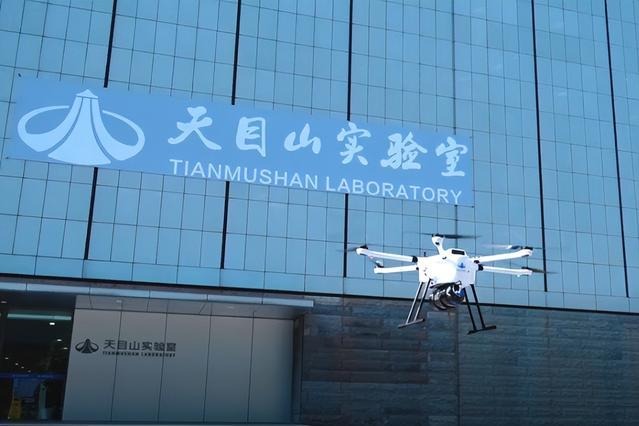Saxophone village plucks new strings for growth

Sidangkouzhong is a name that is hardly known to the outside world and even most of China. But the nondescript village in Jinghai district of North China's Tianjin municipality has been thriving thanks to its instrument-making industry, or largely saxophones.
Known as the "Saxophone Village" of China, Sidangkouzhong is now looking to move up the value chain by making more high-end products, amid renewed efforts to sustain its mass production of original entrusted manufacturing through industrial upgrades.
Saxophones, named after their Belgian inventor Adolphe Sax, have been the lifeline of the village with a population of 5,000 people. Sidangkouzhong accounts for half of the world's total output with an industrial value of over 400 million yuan ($57.1 million), according to local authorities.
The mass production of saxophones during the last four decades, covering the entire industrial chain including parts manufacturing, electroplating, melding, polishing and assembly, has not only boosted local economic growth, but also benefited e-commerce and logistics sectors in the surrounding villages including the West and South Sidangkou villages.
In addition to saxophones, the village also produces other wind instruments such as clarinets, and horns. Its total production of saxophones and other Western musical instruments hit 500,000 units last year.
Wang Yuchun, president of Shengdi Co, a market leader in China's saxophone production, said: "Shengdi has shifted 20 percent of its production to the high-end market and is devoting more efforts to strike a chord with leading global music troupes."
Shengdi, which has an annual output value of over 80 million yuan, expects its high-end segment to account for 20 percent of its total production in the next few years.
Wang said industrial production peaked in the village in 2008. But since then, most of the US and European clients have disappeared, he said, adding that "OEMs were never the future for us".
It is not just the big players like Shengdi who are changing tack. Smaller-sized local musical instrument makers are also making efforts to upgrade their production.
Zhang Guomin, president of Tianjin Oves Musical Instrument Co Ltd, another market leader with annual sales of up to 70 million yuan, said the low end market has an average profit of 7 percent while the high end market can attain profits of over 30-40 percent.
"Our company is targeting the cutting edge market with bespoke products," he said.
"Low-threshold competition is fast disappearing from the Chinese musical instruments market. It will become very difficult for companies without competent technologies to survive," he said.
Chen Baozhan, the owner of a small company in the village, has sent two of his sons to the Sichuan Conservatory of Music to study saxophone playing and music theories.
"When they come back, we will organize training sessions for local villagers. It is important for us to gain insights and share the musician's feelings when playing, instead of dealing with simple and repeated manufacturing," he said.
"The transformation is hard for us, particularly for smaller-sized companies, but we are blazing our own trail," he said.
Today's Top News
- China intensifies financial support to spur consumption
- China marks milestone in developing complex deepwater oil and gas reservoirs
- China remembers victims of Nanjing Massacre, 88 years on
- New plan will be a road map for a stronger future
- Taiwan's character of the year a vote against confrontation
- Strengthened resilience key for economy






























